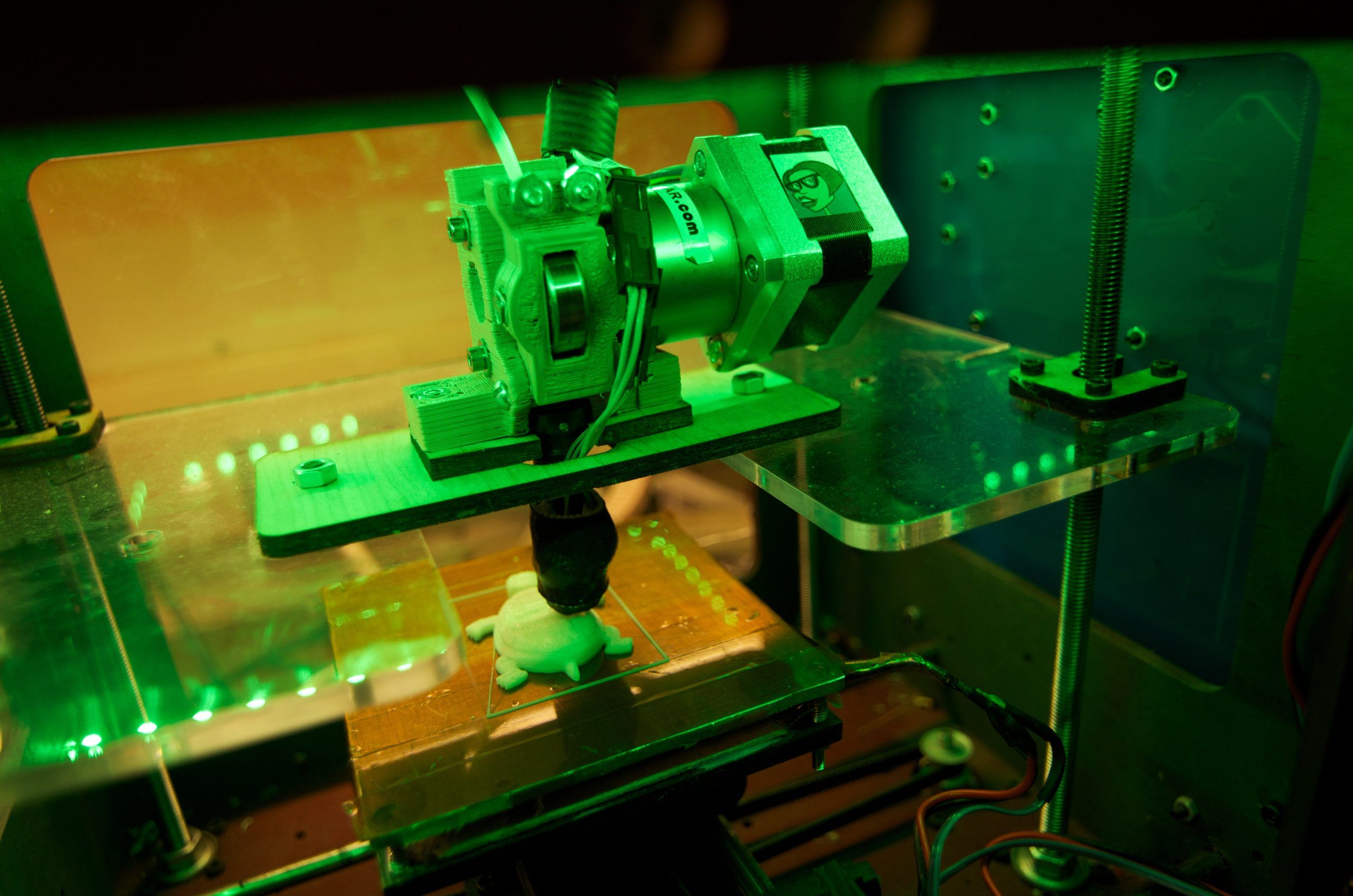Success stories about 3D printing of various objects seem to be multiplying. From a car, a hamburger and even human tissue, these stories are showing us that the sky’s the limit when it comes to 3D printing’s possibilities and agriculture is no exception.
As this technology continues to develop and becomes more accessible, farmers may soon find themselves turning to a 3D Printer to replace a broken tractor part instead of waiting several days for a replacement part to arrive by mail.
Founded in 1969, Moss Enterprises is one of the leaders in providing technology education to a host of industries including farming. For vice president of sales Jack Hemenway, staying on top of the latest tech trends in agriculture is a full-time job. What’s among the top of Hemenway’s list for the future of agtech? 3D printing.
3D printing requires a variety of material inputs and creates a physical object from a three-dimensional digital model. Most 3D printers accomplish this feat by printing many successive ultra-thin layers of the input material until the desired object is produced.
In June 2013, Hemenway led a panel at the 2015 Tools of the Future conference hosted by Successful Agriculture magazine in Ankeny, Iowa. If there’s one thing attendee’s walked away with, it was the idea that 3D printing is better suited for agriculture and food production than many people would initially expect.
AgFunderNews recently had the opportunity to ask Hemenway five questions about the future of 3D printing in agriculture and what every investor should know about this exciting new technology.
How would you describe the current state of 3D printing technology generally? What level of development, or actualization, have we reached?
3D Printing Technology is still in its infancy even though the industry has been around for over 10 years. It is constantly evolving as technology does. Now we are seeing better updated and less expensive technology as well as additional types of materials and those two items have also allowed for additional uses for 3D Printers across sectors including fashion, medical, cooking and biotechnology. 3D Printers are now being used by more than just businesses, but for hobbies, at all levels of education and at home.
What do you think will be the first type of 3D printed products developed for agriculture?
We have seen 3D Printing in agriculture for years. With additional types of printing materials, we are seeing additional uses including not only prototyping parts, but also production parts using plastic and also various metals. There is work being done at the present time to utilize agriculture residue products for use in 3D printers to print everyday products.
What are two or three things that investors who are looking to get involved at the intersection of 3D printing and agriculture should know?
While understanding the financial health of 3D printing companies is important, investors must also understand the continued development these hardware companies make in new and varied materials as well as the software that drives 3D printing. While there are companies that dominate the 3D Printing industry at the present time, more mainstream companies will be either developing or acquiring the technology in the near future and this will drive more competition and innovation while bringing the price down, allowing smaller companies in many different industries including Agriculture to utilize 3D printing.
Some companies like Beyond Meat are creating 3D printed animal products, like meat. What is your take on using 3D printing to create edible animal byproducts?
While I believe that there will be very viable industries that utilize 3D printing in the food production areas, there are certain niche’s that will be good growth areas for 3D printers in the food industry. Culinary industries are already utilizing 3D Printing for candies, chocolates, and even some limited food printing. It will depend on how the technology evolves and the industries like NASA that will continue to have a need for these types of uses.
Do you see any potential hurdles to the development of 3D printing technology for agricultural purposes?
I don’t see any major hurdles in agriculture that aren’t also there for any other industry. Cost and speed continue to be challenges that every industry faces.




